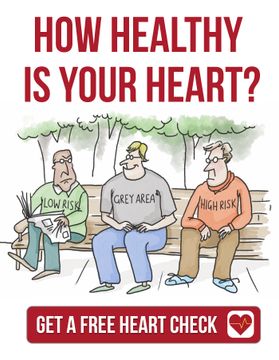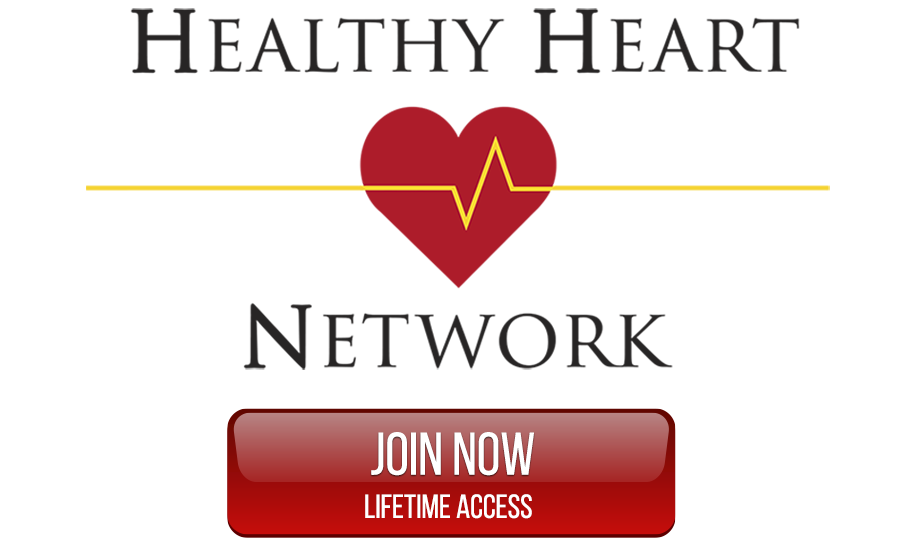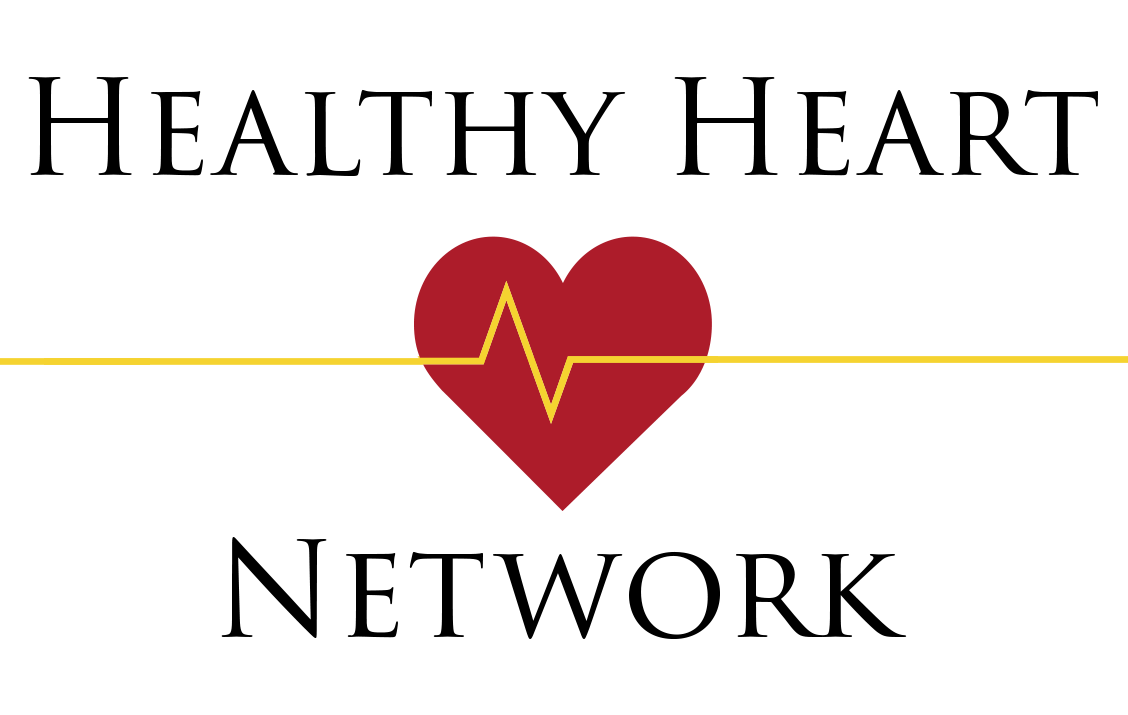JOIN OUR HEALTHY HEART MEMBERSHIP HERE: https://healthyheartnetwork.com/page/starter
Welcome to Doctor Warrick's Podcast channel.
Warrick is a practicing cardiologist and author with a passion for improving care by helping patients understand their heart health through education. Warrick believes educated patients get the best health care. Discover and understand the latest approaches and technology in heart care and how this might apply to you or someone you love.
Hi my name's Dr Warrick Bishop and I'd like to welcome you to my consulting room. Today I'd like to tell you a little bit about a patient I saw this week. In particular, I'd like to talk a bit about glucose and blood sugar levels and how they're assessed. The patient I saw was in her mid to late 60s. She was carrying a little bit of weight around the middle. Her triglycerides were elevated a little bit. Her good cholesterol; her HDL was down a little bit. Her most recent blood test had shown a blood sugar level of 6.1. When I spoke with her, it became clear that her GP had organised these blood tests and had wanted to follow through.
The GP had organised a glucose tolerance test. Interestingly, the patient said she'd had one of these before and she said she remembered that her blood sugar level before the test; before drinking the glucose, was a bit high, but after drinking the glucose was normal. That's interesting. I wonder what that says to you. That says to me is that this lady quite possibly is producing insulin, but not enough at rest. When her insulin is triggered by a carbohydrate or a sugar load, her insulin response is very brisk , her insulin levels go high and drive the blood sugar levels down to normal range and perhaps even lower. This means that her glucose tolerance test which shows the blood sugar level at the time of fasting for drinking the sugary drink and then two hours after drinking the sugar sugary drink doesn't tell us exactly what happens with the sugar levels in between.
What I suspect happens for this lady is that her sugar level runs up; her insulin level runs up, her insulin drives the sugar back down, and so by the time the second blood test at 2 hours is taken, her sugar levels are back to normal. Because her sugar levels back to normal range, the test is reported as normal. However, we know her fasting glucose has elevated her triglycerides are elevated to good cholesterol or HDL is down and she's carrying weight around the middle. So it seems that the test that should be looking for an abnormality in this space is completely normal when she seems to have some of the signs. Well, I said to this lady is look hold off on the glucose tolerance test because of the limitations I've just described. What I said to this lady is what I think we really want to know is whether she's resistant to the insulin she produces or whether she produces a lot of insulin at any given time.
The test I tend to use for this to try and evaluate what's going on and try and understand the insulin resistance that a patient may have is a test called a HOMA. That stands for homeostatic metabolic assessment. You don't need to remember that, but very simply, the way we do it is, on the fasting blood, we check the blood sugar level, on the same fasting blood, we check the insulin level. There's a simple calculation that we multiply and we get an index. That index gives us an idea as to the likelihood of this patient having insulin resistance. If the sugars up a bit and the insulin is considerably elevated, then the index is high and this clearly shows that the person is using a lot of insulin to keep their sugar under control. This means that they're insulin resistant.
If the sugar is in the normal range and insulins in a normal range or lowish, then these people are not insulin resistant. Why is this important? The reason why I think this is important is for this particular lady, her fasting glucose was not high enough to demonstrate diabetes. It was unlikely that the glucose tolerance test was going to demonstrate diabetes. But the thing that was probably going to drive her cardiovascular risk into the future is whether she's insulin resistant, because insulin resistance is closely linked to elevated triglycerides, lower HDL levels and Central Adiposity.
These particular patients, in my experience, really do benefit from being aware of the carbohydrate they consume, and if they can start to cut it down and expose their body less and less to carbohydrate, they tend to turn down their insullin response, they tend to lose weight, they tend to lower their triglyceride,s improve their HDL cholesterol and overall have a much better profile for their cardiovascular risk in the future.
So when it comes to glucose, blood sugar levels and testing, a glucose tolerance test may not always be the best solution, and perhaps looking at insulin resistance with a HOMA using simultaneous blood sugar and insulin could be the answer. I hope you found that interesting and informative as always, I wish you the very best. And I'd like to thank you for joining me. Goodbye.
You have been listening to another podcast from Doctor Warrick. Visit his website at www.drwarrickbishop.com for the latest news on heart disease. If you love this podcast feel free to leave us a review.
Check out my book at http://drwarrickbishop.com/books/









